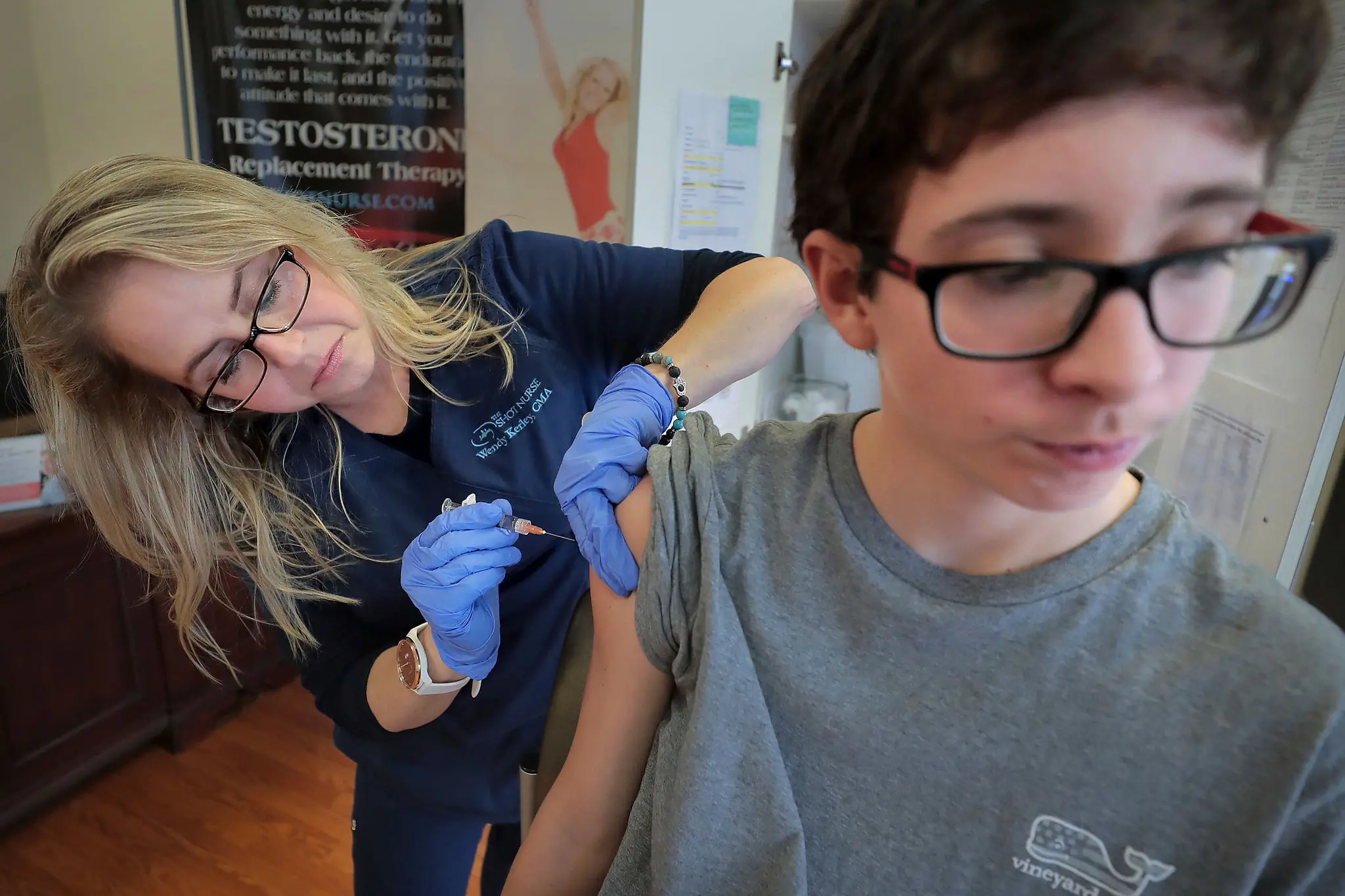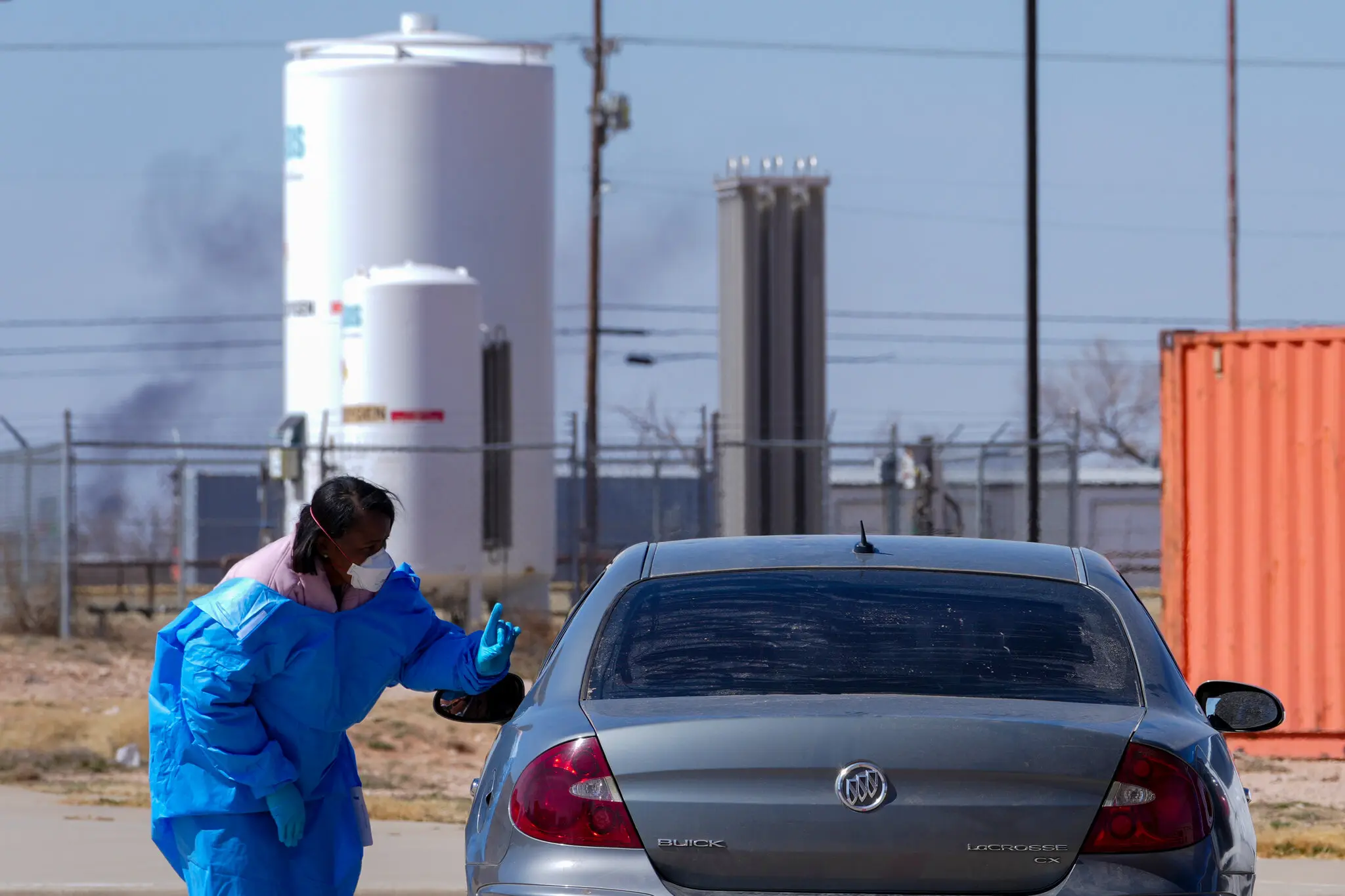CDC Warns of Potential Surge as Flu Season Shows Signs of Worsening
After a relatively mild start, the U.S. flu season may be entering a more dangerous phase, according to the CDC. Public health officials are urging vaccinations and renewed vigilance as hospitalizations rise and multiple strains begin to circulate widely.
The U. S. Centers for Disease Control and Prevention (CDC) has issued a fresh warning about the 2024–2025 influenza season, cautioning that what began as a relatively quiet few months could quickly evolve into a more serious public health threat.
According to recent surveillance data, flu-related hospitalizations are rising sharply in several regions, prompting fears of a late-season surge that could strain already burdened healthcare systems. "While the early weeks of this season were relatively tame, recent trends suggest that influenza activity is picking up rapidly," said Dr. Mandy Cohen, Director of the CDC.
"We’re particularly concerned about the trajectory of hospitalizations and the simultaneous spread of multiple flu strains. "### A Shifting Flu SeasonUnlike the consistent patterns seen in past years, the current flu season has been notably uneven. Initial case counts in October and November were lower than expected, leading many to hope for a mild year.
However, by mid-January, health officials began reporting sharp spikes in outpatient visits for flu-like symptoms, emergency department activity, and confirmed flu-related deaths. The resurgence is attributed to a confluence of factors: lagging vaccination rates, waning immunity, shifting weather patterns, and a population still navigating overlapping viral threats, including COVID-19 and RSV (respiratory syncytial virus). ### Dual Strains CirculatingOne complicating factor this year is the presence of both Influenza A and B strains circulating widely.
Typically, one strain dominates each season, which allows for a more predictable pattern of transmission and severity. But current surveillance shows co-circulation of H3N2 (a subtype of Influenza A known for causing more severe illness in older adults) alongside an aggressive Influenza B lineage. “Having both A and B strains circulating at the same time creates a longer and more complex flu season,” said Dr.
William Schaffner, an infectious disease expert at Vanderbilt University. “It can affect different age groups differently and prolong the burden on hospitals. ”### Vaccination Rates Lag BehindPublic health officials are especially concerned about low influenza vaccination rates this season.
According to CDC data, only about 45% of adults and 52% of children had received a flu shot by early January—numbers significantly below public health goals. Health authorities have attributed the lag to vaccine fatigue, misinformation, and competing attention to COVID-19 boosters and RSV shots. In some communities, access and distribution remain challenges, particularly for rural populations and uninsured individuals.
“The flu vaccine is still the best defense we have against severe illness,” emphasized Dr. Cohen. “It’s not too late to get vaccinated—even if flu activity has already begun in your area.
”### Hospitalizations on the RiseIn recent weeks, hospital admissions for influenza have doubled in multiple states, including Texas, Florida, New York, and California. Many hospitals report full ICUs, postponed elective surgeries, and increased use of emergency overflow spaces. At Mercy General Hospital in Dallas, the emergency department has seen a 40% increase in flu-related visits since the start of the new year.
“We’re back to cohorting patients and running 24-hour flu testing stations,” said nurse administrator Sarah Velasquez. “It feels like 2020 all over again—only it’s the flu this time, not COVID. ”Pediatric hospitals, in particular, are feeling the pressure.
Some children’s hospitals have reported longer wait times and increased need for respiratory support, especially in cases involving co-infection with RSV or other viruses. ### Who’s Most at RiskAs with most flu seasons, certain populations are at elevated risk for serious complications. These include: - Adults 65 and older - Children under 5 (especially infants) - Pregnant individuals - People with chronic conditions like asthma, heart disease, or diabetes - Residents of long-term care facilitiesThe CDC urges these groups—and those who interact with them regularly—to get vaccinated and take additional precautions, such as wearing masks in crowded indoor settings and avoiding close contact with sick individuals.
### Compounding Viral ThreatsThe ongoing spread of other respiratory viruses—especially COVID-19 and RSV—has created what some experts call a “tripledemic” landscape, where healthcare systems must juggle multiple outbreaks at once. “This convergence of viruses means we don’t have the same flexibility in hospital staffing or bed space,” said Dr. Tina Nguyen, a pulmonologist in San Francisco.
“Even a moderate spike in flu can have outsized consequences when other illnesses are already pushing capacity. ”Some regions are now reinstating temporary public health measures, such as mandatory masking in hospitals, visitor restrictions in nursing homes, and enhanced sanitation protocols in schools. ### Surveillance and Testing GapsAnother challenge has been a notable drop in routine flu surveillance and testing.
After three years of hyper-focused COVID tracking, some labs and clinics have scaled back flu-specific efforts due to funding constraints or shifting priorities. Public health experts warn this could delay detection of dangerous trends, such as the emergence of antiviral-resistant strains or regional hot spots that require targeted intervention. “The flu isn’t gone just because we stopped watching it as closely,” warned Dr.
Thomas Frieden, former CDC Director. “We need to rebuild that early warning system, or we’ll keep getting caught off guard. ”### What People Can Do NowThe CDC and state health departments are urging Americans to take the following steps: 1.
Get Vaccinated – It’s not too late to receive the flu shot, which remains effective at reducing the risk of hospitalization and death. 2. Stay Home When Sick – Avoid going to work or school if you’re showing flu-like symptoms.
3. Practice Good Hygiene – Frequent hand washing, coughing into your elbow, and disinfecting surfaces can limit spread. 4.
Wear Masks When Appropriate – Especially in high-risk indoor settings like clinics, public transit, or when visiting vulnerable individuals. 5. Seek Early Treatment – If you test positive for the flu and are at high risk, ask your provider about antiviral medications like Tamiflu or Xofluza, which work best when taken within the first 48 hours of symptoms.
### Looking AheadWith several weeks of winter remaining—and flu seasons often peaking in February or even March—health officials stress that complacency could be costly. “There’s still time to blunt the worst of this season,” said Dr. Cohen.
“But it requires action now—at the individual level and the system level. ”Already, some states are launching new public awareness campaigns, increasing funding for flu clinics, and offering vaccines at community centers, grocery stores, and schools. ### Conclusion: Flu Still Deserves RespectIn an era dominated by COVID-19 headlines, the seasonal flu has sometimes faded from public concern.
But this year's evolving flu season serves as a reminder: influenza remains a serious, unpredictable virus that demands attention. Whether it escalates into a full-blown crisis or remains manageable depends largely on how individuals and institutions respond in the coming weeks. The CDC’s message is clear: don’t let your guard down.
Get vaccinated, stay informed, and help protect your community before the flu season truly turns ugly.
26th july 2025



